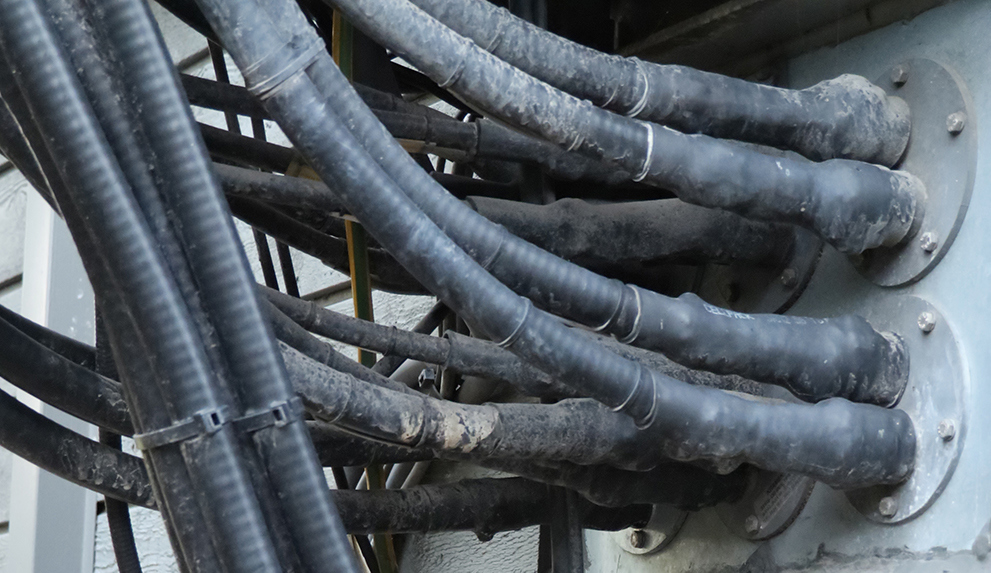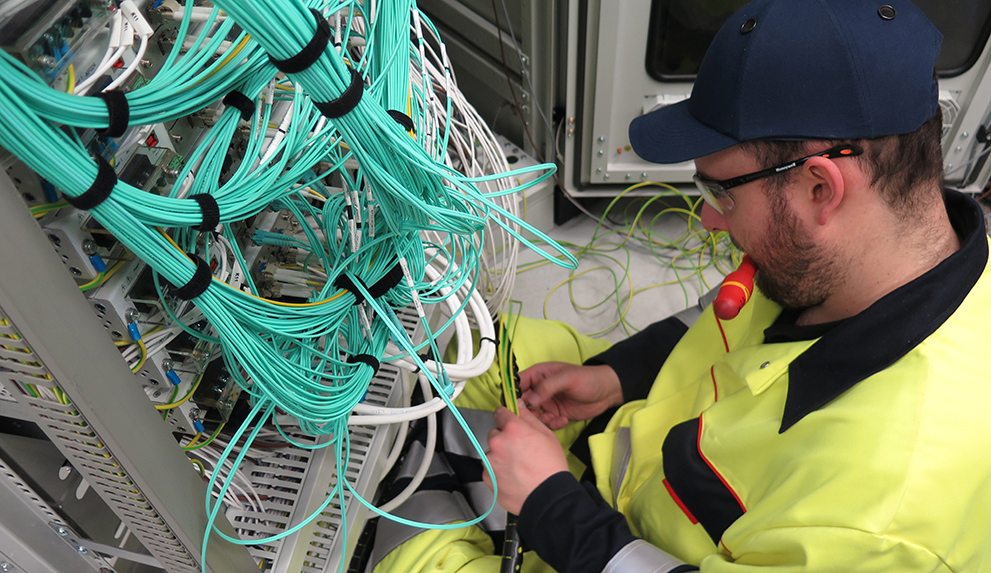1. Specifications and certificates
We all want to ensure safety and operational reliability, and use high quality products to deliver the best result we can. Therefore, we often meet specifications and requirements demanding a multitude of certificates. However, it is not guaranteed that all types of sealing methods are approved.
The best thing would be to find a sealing solution that has passed all tests and certifications.
2. Uncertain estimates
It can be difficult to know how many cables or pipes, or what size power and instrumentation cables, we need to route. We can never be sure about making the right openings, or about how to seal all those penetrations. Even the best of estimates cannot predict all late design changes.
What we need is a sealing system that is as adaptable as possible to the number and size of cables, pipes or openings. It should be so flexible that we would be able to have spare capacity.

3. Hard cables to handle
It is difficult, or almost impossible, to move and bend a large high-voltage or medium-voltage power cable into the desired position for routing through a deck or bulkhead. It takes a lot of time to reorganize the routing path in order to gain a couple of millimeters of bending radius.
What you need is a solution where you can position and apply a seal to fit around the cables, even if they are in an off-center position.
4. Tricky design work
Given the issues mentioned above, the work of design engineers often becomes a nightmare. We need to plan, calculate and design in cable and pipe penetrations at an early stage considering both rollout and maintenance. Sometimes, it means recalculating each opening.
Imagine a web-based design tool that we can use to design and redesign transits in no time.

5. Time-consuming installation
We know renewables can save the climate, and we know speed is crucial and time is money. Therefore, it is so frustrating to struggle with sealing solutions that are neither flexible nor easy to install. We cannot accept that project plans fail due to complicated installation work tasks.
We should only engage suppliers of user-friendly products who will also train the installation team.